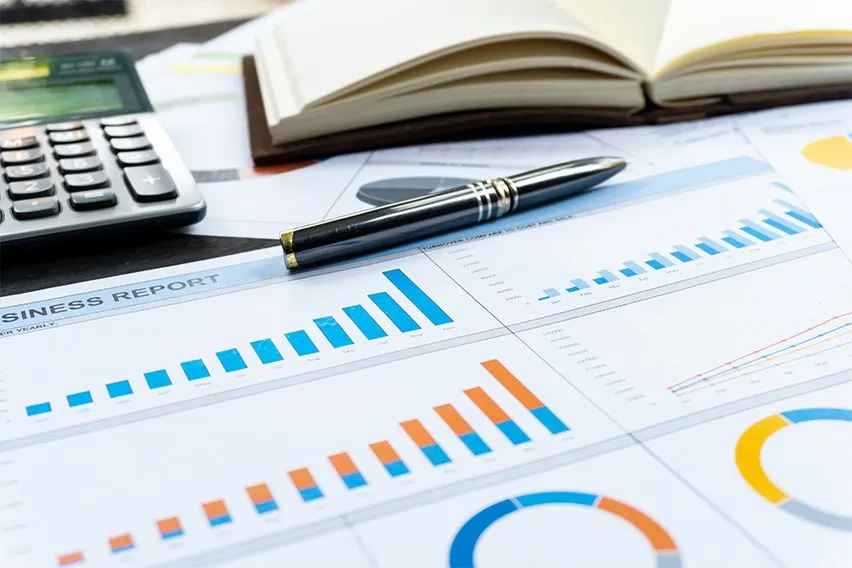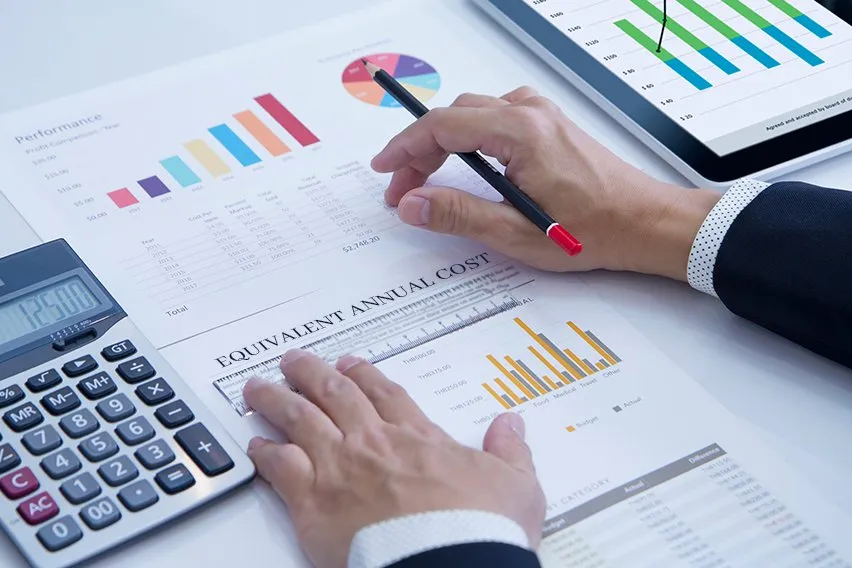What Is an ERN (Employer Reference Number) & Where Can I Find It?

Any employer that’s registered with HMRC is going to receive a wide range of numbers and additional details. This information needs to get organized and stored and be easily accessible when you need it.
An Employer Reference Number (ERN) is an important number that you need to make sure you hold on to. An ERN can also commonly be known as an employer PAYE reference. There are some important details to know about an ERN.
Here is everything that you need to know about an ERN and where you can find it.
Here’s What We’ll Cover:
When Does Your Business Need Your ERN?
What If You Lost Your ERN Number?
What Is an ERN Number?
An ERN is an employer reference number, which is also sometimes known as an employer PAYE reference number. It’s a critical piece of information to have and you need to store it after you hire an employee.
If you’re an employer that’s registered with HMRC, then you might end up with a bunch of reference numbers. This can sometimes get confusing but it’s critical that you keep track of and organize them all. Plus, when it comes to purchasing an employer’s liability insurance, your employer PAYE reference number is just as important.
Basically, an ERN number is given to every business once they register with HMRC as an employer. It’s a unique combination of numbers and letters used to identify your business.

An ERN consists of two parts:
- A three-digit HMRC office number
- A reference number that’s unique to your business
An ERN will usually look something like this: 123/A67890
When Does Your Business Need Your ERN?
Some different circumstances can play a role in when you might need your ERN. It’s usually included when your complete end-of-year PAYE returns. A missing or invalid ERN is one of the most common reasons that end-of-year returns get rejected. So it’s important to know this number to help meet any statutory reporting obligations.
As well, you are most likely going to have an employee ask you for your ERN at some point. They might need this number when they apply for certain tax credits, student loans or other types of applications. You might even be required to include your ERN number on payslips.
You are also going to need your ERN number when you purchase employer’s liability insurance. So, if there is a claim a long time after an event happens, you can identify where an employee has worked in the past. This can be common with mesothelioma claims stemming from asbestos exposure, for example.
Where Can You Find Your ERN?
There can be a few different places for you to find your ERN, but you can most likely find it in the welcome pack you got from HMRC. You should have received this package when you first registered as an employer with HMRC.
You can also find your ERN on some types of correspondence and your payslips. It could also get included on P45s, P60s or P11Ds that you provide to present or past employees.

What If You Lost Your ERN Number?
You are going to need to use your ERN regularly throughout the year, so it’s important to keep your number safe. But, if you do end up losing track of it or can’t find it, you can usually find it in emails or letters you received from HMRC.
If for some reason you can’t find your number anywhere, it could be because you’re not registered as an employer. You can contact HMRC for more information if this is the case to start the registration process.
Key Takeaways
Your ERN is an important number to know for your business. It’s given to every business that registers as an employer with HMRC. And it’s a unique combination of numbers and letters to help identify your business from others.
Once you register with HMRC as an employer, you will receive your ERN and a welcome package that outlines some important information. Your ERN might also get included on payslips and other types of correspondence. And, your employees will probably ask you for your ERN at some point if they apply for tax credits or for student loans.
Since you are going to have to use your ERN number multiple times throughout the year, it’s important to know where you store it. This way, you can easily access it and not have any errors when you submit end-of-year returns.
Did you enjoy reading this guide? Head over to our resource hub for more great content!
RELATED ARTICLES

 What Is a Trading Name & How Does It Work?
What Is a Trading Name & How Does It Work? What Is a Remittance Address? A Definitive Guide
What Is a Remittance Address? A Definitive Guide What is CIS Tax and How Does it Work?
What is CIS Tax and How Does it Work? How to Set Up a Partnership in Business: A Step-By-Step Guide
How to Set Up a Partnership in Business: A Step-By-Step Guide Triple Bottom Line Reporting: What It Is & How Does It Work?
Triple Bottom Line Reporting: What It Is & How Does It Work? Equivalent Annual Cost: Definition & Benefits
Equivalent Annual Cost: Definition & Benefits